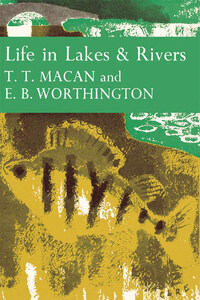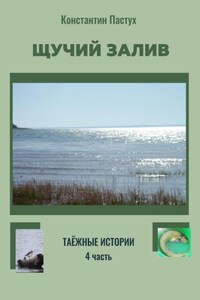Life in Lakes and Rivers

Life in Lakes and Rivers reveals to us not only the fascination of the world of fresh waters, but the excitement and delight of finding out more about it. This edition is exclusive to newnaturalists.comThe study of life in British lakes and rivers is one of that has been unduly neglected in natural history publications. Dr. Macan and Dr. Worthington are particularly well equipped to provide the readers of the New Naturalist series with a work that is both authoritative and of outstanding interest, since for many years they have been connected with the freshwater biological station of Wray Castle at Windermere in the English Lakes.It has long been emphasized by teachers of ecology that the intricacies of the animal and plant community as a whole can be readily studied in a pond or lake. This is made admirably clear by the authors. The solutions to the many problems, which form the observation of life in lakes and rivers, have themselves created other absorbing problems, wider and more fundamental than perhaps ever suspected, and which reach far into the very structure of biology.In spite of its importance, the majority of the public know surprisingly little about the subject. Anglers know only one side of it; holiday makers mostly skim the surface if it. Dr. Macan and Dr. Worthington now reveal to us not only the fascination of the world of fresh waters, but the excitement and delight of finding out more about it.







